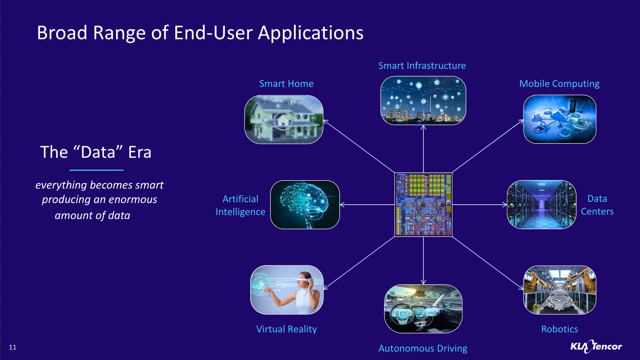The following article is an excerpt from a recent Premium Edition of the True Vine Letter.
Introduction
If you do not know anything about semiconductors and you listen to a presentation by a semiconductor capital equipment company, you will quickly be lost. I know because I was there before. Management continuously rattles off terms like logic, foundry, DRAM, NAND, fab, wafer, etc. I said to myself, “what are these guys talking about?!?!” Eventually, I had to do a deep dive into the industry to understand it which included reading an entire book about it.
The semiconductor industry manufacturers integrated circuits (“chips”) for a variety of electronics, including computing devices, network equipment, and storage devices. The rise of new technological advancements such as autonomous vehicles, big data analytics, edge computing, immersive devices (e.g., virtual reality), internet of things, machine learning, robotics, and so on are not only requiring more chips but continually more advanced chips. This is good business for companies who make the equipment to advance chip technology. Furthermore, China is investing aggressively in all these new technologies which also is increasing the demand for semiconductor equipment.
More Data = Semiconductor Growth Opportunity
The following presentation slide shows the broad opportunity set for the semiconductor industry in this new “data” era:
source: KLA-Tencor NASDAQ 39th Investor Conference presentation
This slide shows the expected revenue growth out to 2025 for the end markets of the semiconductor industry:
source: ASML presentation, Gartner
You can see from this slide that the No. 1 growth driver for the semiconductor industry is servers, datacenters and storage which is being driven by the rise of cloud computing.
These growth drivers are adding up and semiconductors are increasingly becoming a larger part of the world economy, as this slide shows:
source: Lam Research investor presentation, WSTS, IMF

